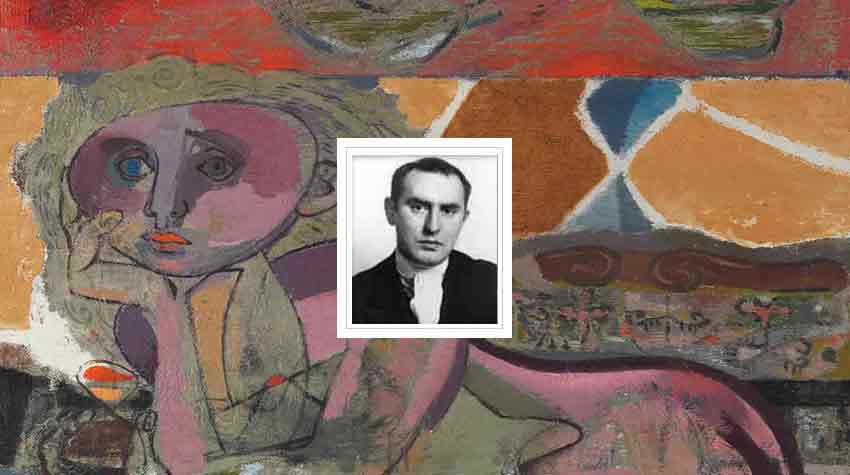Jankel Adler Biography and Paintings

Jankel Adler (1895 - 1949)
Jewish-Polish painter and printmaker Jankel Adler was born on 26th July, 1895 in Tuszyn. Jankel Adler moved to Germany from Poland prior to World War I. Before entering the Barmer School of Applied Art, Wuppertal, in 1914, lie completed an apprenticeship as goldsmith and engraver. In the 192os, Adler was a member of the Junges Rheinland (Young Rhineland) group in Dusseldorf, belonged to the Rheinische Sezession, and had lose ties with the Gruppe Progressiver Künstler (Group of Progressive Artists) in Cologne.
His psychologically penetrating portrait of Cologne artist Franz Wilhelm Seiwert dates from this period (1923). Adler was influenced by the rigorous, constructivist approach and social utopianism of Seiwert, Heinrich Hoerle, and their group. Yet his work, like that of Marc Chagall, continued to reflect his Eastern European, Jewish heritage, with its underlying melancholy and emphasis on the metaphysical.
Early Paintings
In fact, some of Adler's early paintings bore distinctly Chagallesque traits. His Cats, done in 1927, appear in an indeterminate space suggested only by two planes of color. The aura of mystery is increased by the stylized sun disk and the starkly geometric architectural fragment. the animals themselves, in contrast, show evidence of careful life-study: their lithe bodies and expectantly poised heads are the quintessence of agility, power, and affectionateness in one.
Adler experimented with new means of expression, such as building up a low-relief surface by adding sand to the paint, which further heightened the effect of the motif. Cats was awarded the gold medal at the exhibition "Deutsche Kunst" (German Art), held in Dusseldorf in 1928. In 1933 Adler emigrated to Paris, but in 1935 returned to Poland for two years. He travelled in Italy and lived for a time in the Soviet Union, before settling in Cagnes-sur-Mer, France, in 1938. When war broke out in 1939, he volunteered for service in the Polish Army, which eventually took him to Scotland and the British Isles. "Adler's oeuvre," wrote Anna Klapheck, "is a grand torso, which hears the marks of the vicissitudes under which it was created."

GALLERY PAGE

Labels: famous artists biography
December 18, 2019
Return to List